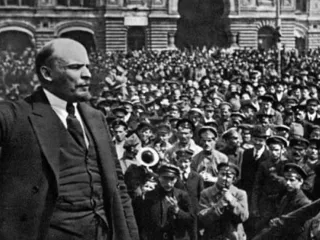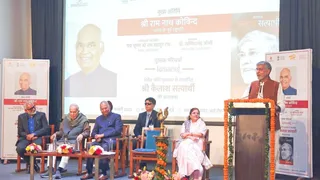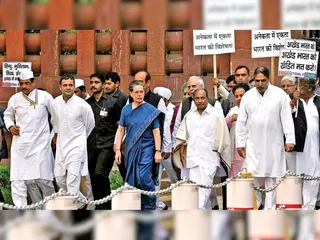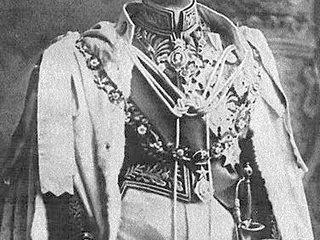The Indigo Rebellion, also known as the Nil Vidroha (नील विद्रोह) in Bengali, was a significant peasant uprising in Bengal, India, during the British Raj. Occurring primarily between 1859 and 1860, it marked a powerful resistance against the exploitative system of indigo cultivation imposed by British planters.
The Roots of Rebellion: Indigo, a highly sought-after dye, was a lucrative crop for British planters. They employed a system of forced cultivation, compelling tenant farmers to cultivate indigo on a significant portion of their land. This was often done through coercive contracts, manipulation of the legal system, and outright intimidation. Farmers were forced to accept extremely low prices for their indigo, leaving them deeply indebted and impoverished. Their traditional crops were neglected, leading to food shortages and further hardship.
The Spark and Spread of the Rebellion: The rebellion was ignited by the cumulative resentment and desperation of the farmers. Specific incidents of brutal treatment and injustice further fueled the flames. In many areas, farmers refused to cultivate indigo, leading to widespread clashes with the British planters and their agents. The movement spread rapidly through the districts of Bengal, fueled by strong local leadership and the shared grievances of the affected communities.
Key Figures and Strategies: While the rebellion lacked a centralized leadership structure, numerous local leaders emerged who effectively mobilized the farmers. Their strategies involved collective resistance, refusal to cultivate indigo, and sometimes, violent confrontations. The use of non-violent methods, such as boycotts and protests, was also prominent.
The Government Response: The British government responded with a combination of force and concessions. The use of the police and military to suppress the rebellion was common, resulting in numerous arrests and violence. However, under mounting pressure and public outcry, including from some within the British administration itself, the government was forced to initiate inquiries and reforms.
Impact and Legacy: The Indigo Rebellion significantly impacted the British colonial administration's policies. It exposed the exploitative nature of the indigo cultivation system and highlighted the widespread discontent among the peasantry. Although the reforms introduced did not fully address the underlying issues of economic inequality, the rebellion laid the foundation for future peasant movements and contributed to the rising nationalist sentiment in India. It served as a crucial example of the power of collective action and resistance against oppressive colonial rule.
Further Research: To delve deeper into this important historical event, research resources are readily available. Academic journals, historical archives, and books dedicated to the history of colonial India provide in-depth analyses of the Indigo Rebellion and its context.
Note: Specific details and interpretations of events surrounding the Indigo Rebellion can vary depending on historical accounts and perspectives. Further research is encouraged to gain a comprehensive understanding.





























































